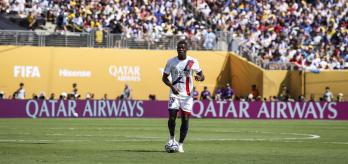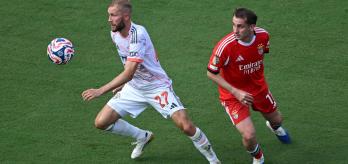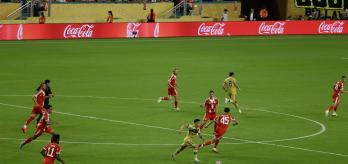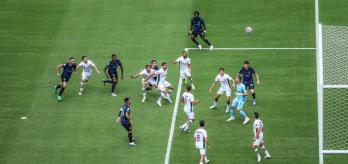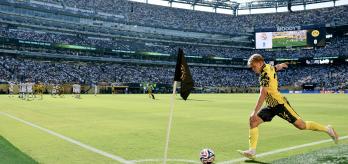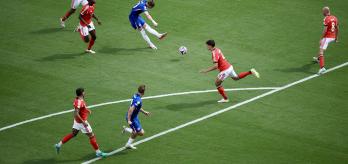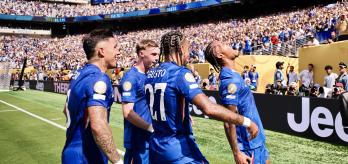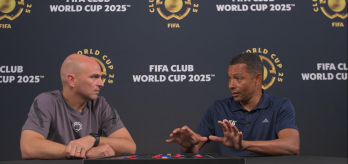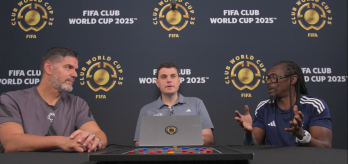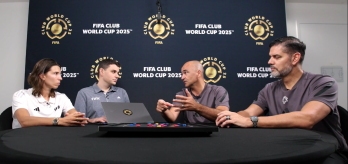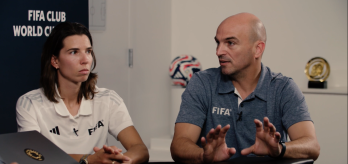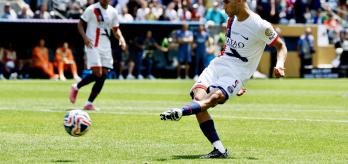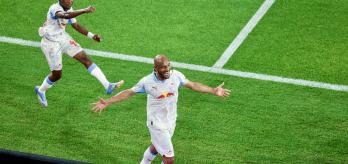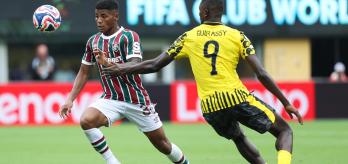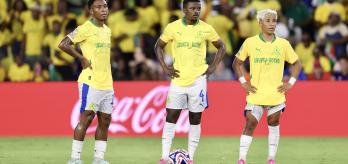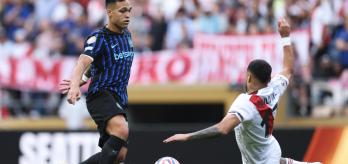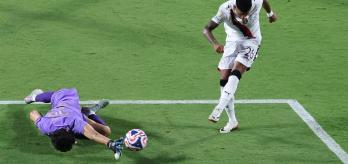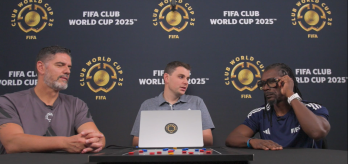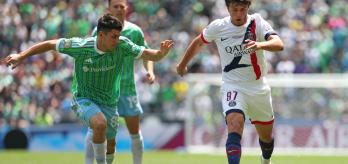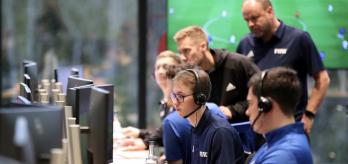Tobin Heath, Pascal Zuberbühler and Roberto Martínez have been analysing all the action of the FIFA Club World Cup 2025™. After 56 games, the three Technical Study Group experts come together to discuss the modernisation of the full-back role, goal kicks being treated as set plays, and some of the impressive in-play distributions being made by goalkeepers. The roundtable is hosted by Tom Gardner, Lead of FIFA’s Football Performance Insights Team.
Watch roundtable
Read summary
00:39
Inverted full-backs
Some of the full-backs’ performances at the tournament have stood out, says Heath. The way they observed, occupied and broke into space shows that some of the top clubs are redefining the role of these positions. For example, when Paris Saint-Germain are in possession of the ball, Nuno Mendes frequently departs from his spot in PSG’s defensive line to roam into the inside-left channel and progress up the pitch to central positions typically occupied by a number 10. Chelsea’s Marc Cucurella is another example of a full-back venturing into these areas of the pitch. The movement of full-backs’ team-mates during these situations is also noteworthy, explains Heath, as they maintain the team’s balance.
05:43
Goal kicks as set plays
At the Club World Cup, some teams are showing that they are pre-planning more sophisticated routines from goal kicks. Martínez highlights Al Hilal as one of these clubs, and believes their two variations of goal kicks has been their most powerful set play. The first variation saw central midfielder Sergej Milinković-Savić hold a high position on the halfway line, doubling up on an opposition full-back with a team-mate. A defender would take the goal kick, playing the ball short to goalkeeper Yassine Bounou. The Moroccan number 1 would then play long to Milinković-Savić, who would use his strong aerial ability to hold the ball or flick it on for his nearby team-mate to run on to. In the second variation, Bounou would play to his centre-back in the penalty area, who then passed the ball on to the full-back. After controlling the ball, the full-back passed into Milinković-Savić, who came short to receive instead of holding a higher position. Both variations – if executed successfully – would result in a numerical advantage around the opposition’s defensive line.
10:50
Goalkeeper build-up and distribution
Another related theme to emerge in the first 56 matches was the variety of ways goalkeepers contributed to their team’s build-up play, and the attempts at goal created by their distributions. Goalkeepers have demonstrated that they can be the extra player during low build-up and help their teams bypass the first line of press. They’ve also shown that they can play line-cutting long balls when the opportunity presents itself. What impressed Zuberbühler most about the latter point was that goalkeepers could play these long balls accurately with just a one-step run-up. Importantly, no matter the type of distribution made by the goalkeeper, an emerging feature at the Club World Cup was that a healthy number of the possession sequences a goalkeeper was involved in ended up with an attempt at goal.







